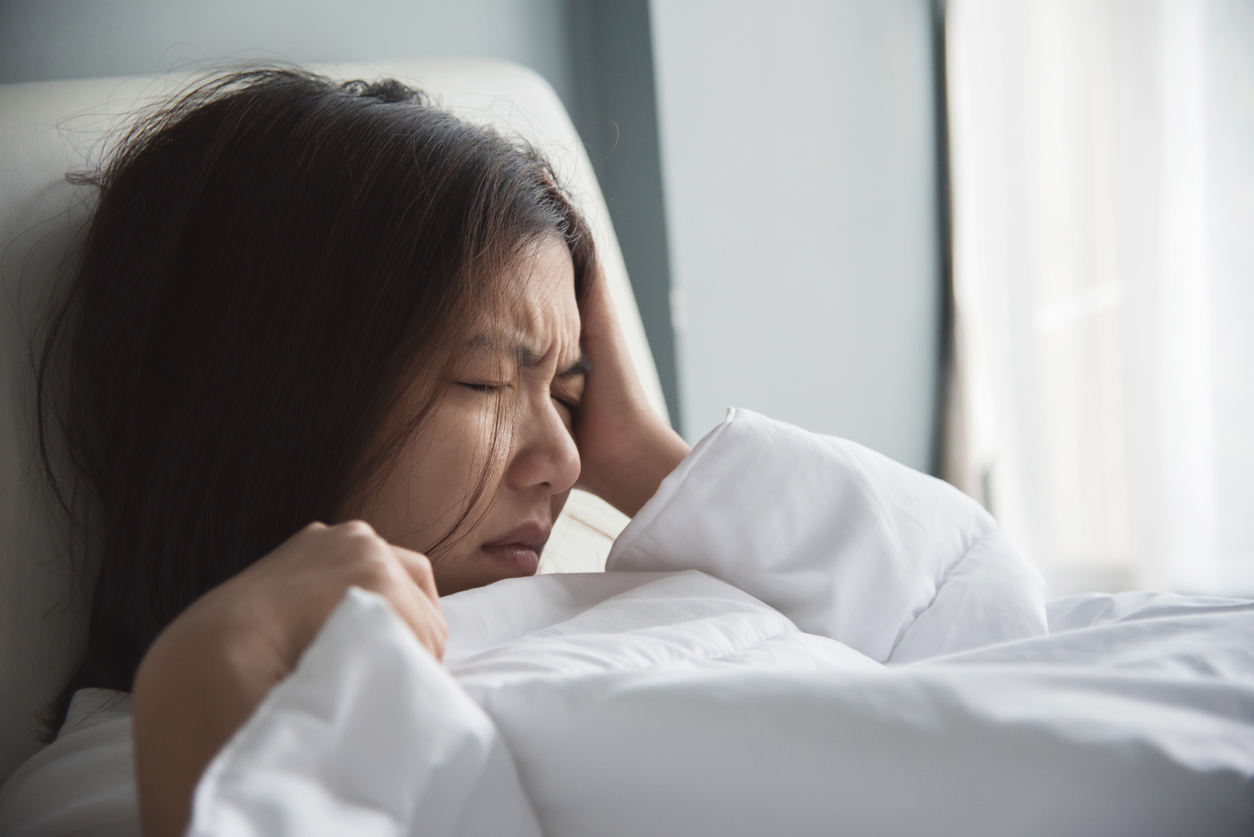
Understanding Headaches: Types, Causes, and Effective Treatments
Headaches are like dark storm clouds that suddenly appear, disrupting our daily lives and forcing us into a state of discomfort. They can strike without warning, leaving us feeling helpless and seeking relief. While the exact cause of headaches remains somewhat elusive, understanding their types, identifying triggers, and implementing effective treatments can significantly minimize their impact and even prevent them altogether.
Let’s explore how you can prevent, alleviate, and reduce the frequency of these cranial storms with the following tips:
What Are Headaches?
A headache refers to pain experienced in the head, neck, sinuses, or ears. They come in various forms, sizes, and durations. Some headaches are sporadic and short-lived, while others, such as migraines, are chronic neurological events that can persist for hours or even days. Hormonal changes, environmental factors, dietary choices, and mood fluctuations often trigger headaches. While triggers vary from person to person, paying attention to personal habits and headache patterns can help identify and manage them over time.

Common Types of Headaches
Headaches can stem from a multitude of factors, ranging from brain freeze to wearing bike helmets or suffering from severe head colds. However, in general, there are four primary types of headaches to be aware of:
Tension Headaches: These often accompany stressful events like exams or performances. Tension headaches are characterized by bilateral pain (occurring on both sides of the head) and a non-pulsating sensation. Over-the-counter anti-inflammatory medications like aspirin or ibuprofen typically provide relief.
Cluster Headaches: These recurring headaches are strictly unilateral, meaning they occur on one side of the head. Cluster headaches can strike up to eight times a day but are relatively short-lived, lasting from 15 minutes to an hour and a half. They are often accompanied by drooping eyelids, red eyes, tearing, and nasal congestion. Treatment options range from over-the-counter painkillers to prescription medications and preventative therapies.
Migraines: Migraines are severe, recurring headaches that are often pulsating or throbbing in nature. They typically manifest unilaterally and come with additional symptoms like nausea/vomiting, neck pain, and sensitivity to light and/or sound. Migraines often have a genetic component and can last anywhere from a few hours to several days. Sleep can sometimes alleviate the pain, and certain migraines may be accompanied by sensory auras, such as changes in taste, smell, or visual disturbances.
Secondary Headaches: These are less common and typically arise as a result of an underlying condition, such as neurological issues, fever, illness, trauma, or drug use.
Identifying Headache Triggers
Since triggers vary from person to person, it’s crucial to understand what factors contribute to your headaches. Pay attention to your surroundings, emotions, and dietary choices when experiencing a headache. For those dealing with recurrent headaches, using a headache app can provide valuable insights into modifying your lifestyle to reduce the frequency and intensity of headaches.
By gaining a deeper understanding of headache types, triggers, and treatment options, you’ll be better equipped to navigate through the cloud of discomfort and find effective relief. Remember, if headaches persist or worsen, it’s always wise to consult with a healthcare professional for personalized guidance and support.


